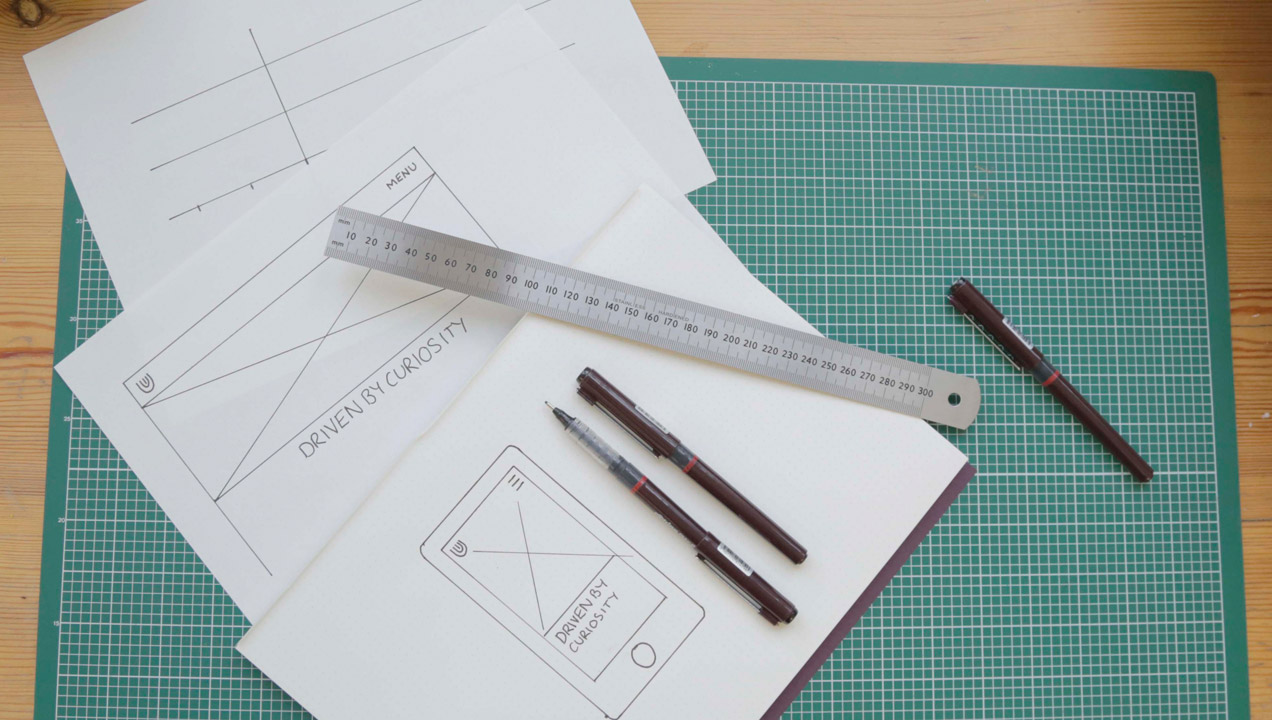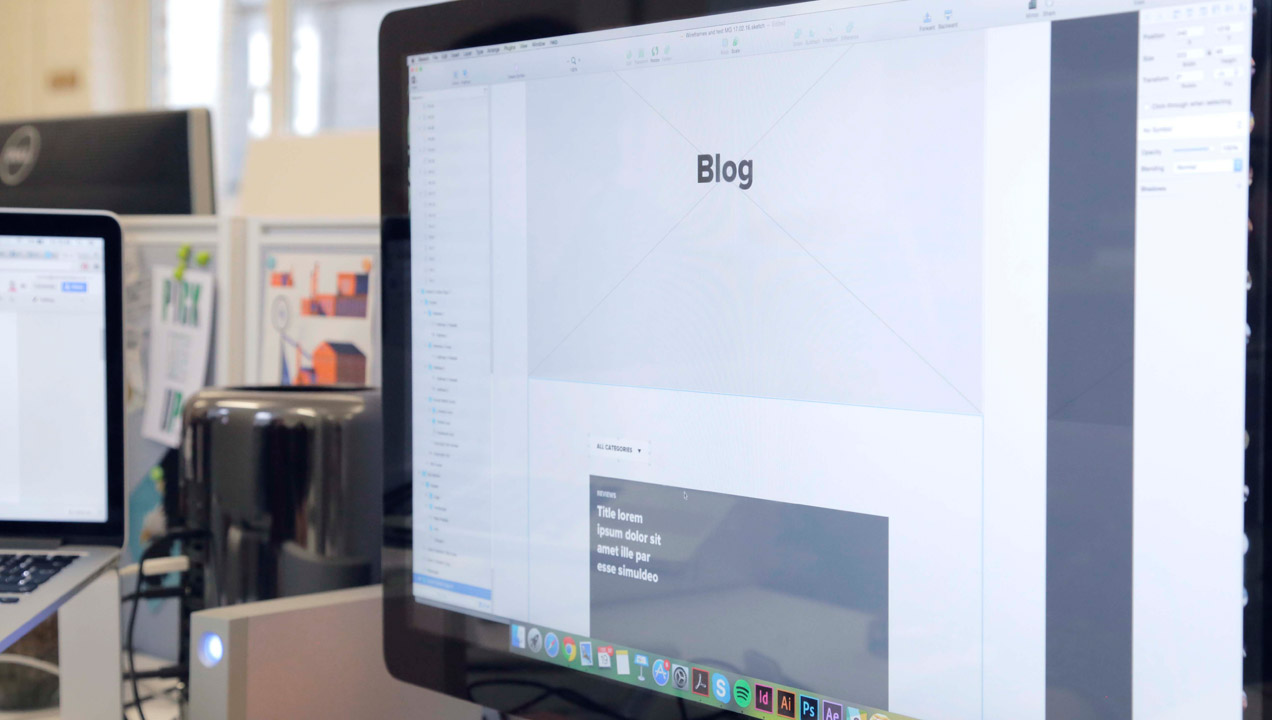Design Thinking: Because We Don’t Have A Time Machine.
Have you ever looked around at all of the problems of the world and thought to yourself that we need a blank slate? Not a chance to go back and repeat all our mistakes, but a way to turn back time and do things right this time around? Sadly, despite the occasional mad-science vibe around Sutherland Labs we do not have a working time machine, but we do have the next best thing.
Everyone has been caught out by a workplace tradition at some point in their life, whether it is an accounting system that was cutting edge back when double entry was first introduced or a flashing website that looks like it was built on angelfire in the 90s. Some of these lingering dinosaurs are relatively harmless, they impact productivity and make the company look less professional, but they aren’t as malignant as only promoting men or only hiring people from a specific background.

In Design Thinking we use a holistic approach, looking at the whole of an organization or system from the top down before we start tweaking details. This means that we get the opportunity to look back through the history of the finished product that we are trying to fix, and isolate the moment when each of these “traditions” first took root. Either by examining records or by observing the trends in the different time periods that a product has persisted through.
From there it is easy to understand why a decision was made, why it was appropriate at the time and then compare it to the intended purpose of whatever we are designing to see if it still fits. Sometimes the traditional way works best, sometimes a new method needs to be introduced, but without looking at the whole product there is no way of knowing how one small change is going to ripple out and effect everything.
It may not be as good as making things perfect right from the beginning, but reworking existing products and services to suit the current environment is a way for us to right some of the wrongs in the world. Iteration is at the core of good design; creating a product, testing it and then refining it. But far too often products and services as released into the wild and forgotten about when a later round of iteration could have updated them back into relevance and ease of use.

People do things in the traditional way because there is no better option available, but with just a little bit of research, forward planning and design thinking we can build new, better traditions for the future. It is the best option we have until that time machine they are working on downstairs is finally finished.
